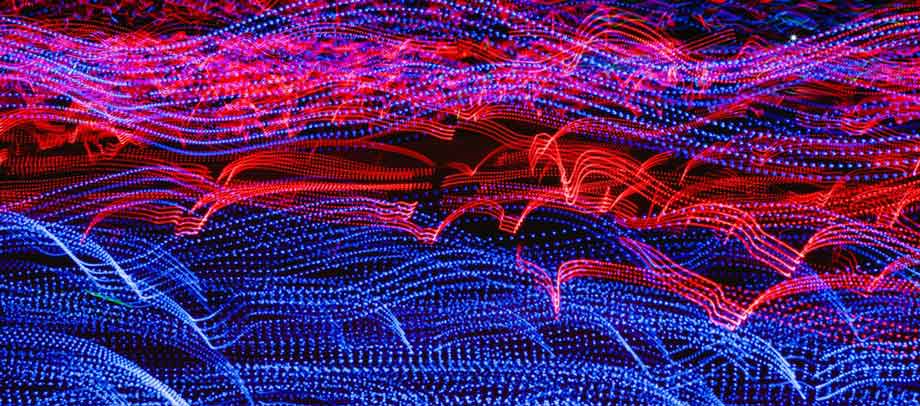Visual Thinking for Newbies, Clip Art
In the past it was very common for us to play with “cut-outs” as children. Some were even manipulated with just the hands without the need for scissors or adhesives, so that, for example, a paper doll could be changed into a dress or clothing with just a few small paper flaps. This very creative game was diverse in applications and functionalities and you could even “assemble” complex constructions. Having predefined elements, but that can be combined to generate different stories It allows the “author” to create an entire storytelling and stage an inversive context. Clip Art is the perfect tool to enrich our information coding and communication projects.
Clip Art Today
In the digital age, this type of resource became the ideal complement and many word processors incorporate it. Likewise, photographic editing and retouching programs triggered the possibilities that led it to survive and be used in marketing, education, and signage in public spaces.
These predefined digital images serve to illustrate all types of communication projects, being widely used in marketing, presentations and education.
Applications
There are different environments in which clip arts they can help us. To know what the appropriate approach is, we must think that they are actually perfect when we want to communicate a concept and we want:
- Focus on the interlocutor: Fewer words and more understandable symbology is synonymous with a more dedicated and receptive audience to grasp the message we want to convey.
- Universalization: In almost any condition in a globalized world, dispensing with text and relying as much as possible on the visual ensures universalization of the project regardless of the origin, age or native language of the recipient.
- Strengthen vision thinking: Our ability to process colors and shapes is far superior to interpreting text. Those tenths of a second are vital to saving the recipient's brain processing time.
- Enrich the content consumption experience: In a post-PC environment, the inclusion of rich content means that smartphone screens are not filled with endless paragraphs.
- Create specific language and coding with our audience: We can increase engagement with our audience based on complicity resulting from getting them used to linking complex concepts with simple images. This makes you gain confidence and self-esteem in the consumption of content and the desire to achieve more. That is, it creates a gamification environment that 'encourages' you to consume more content.
With all this information we can establish a process to script the transfer of information:
RULES → INTEGRATION → STORYTELLING
We must maintain uniformity in coding. For example, if it is decided that all clip art is in 16 gray or photographic type, we must always maintain that aesthetic criterion. Likewise, we must establish a base coding with our interlocutor. If, for example, the symbol of a light bulb is an idea, it is already something almost universal, we must not change that decision. In the second phase, the integration of the visual support must be logical-natural so that it does not give the sensation that it is something filler. It should be to reinforce and to reduce the use of text.
With all elements we achieve two fundamental things in our communication projects that, regardless of the context or the audience, are a priority:
- Storytelling: Storytelling is the form of communication with the highest return rate. Inherited from our ways of telling stories around the ancestral fire in the caves, we are more receptive if the project contains, middle, development and outcome and if it includes feelings, emotions, heroes, challenges and a long etcetera that can and should be transmitted with our clip arts.
- Anthropomorphize: With a direct influence from marketing, this approach seeks to provide humanity to brands, giving feeling to the message and turning brands into “warm, “kind”, “reliable”, “restless” or “happy”. It is what has been called biomarks, a hybrid where the brand abandons mercantilist values and embraces a more human meaning. This can be achieved with a clip art directly linked to a more “biological” communication, achieving greater attention, but above all a higher conversion rate into long-term memories, jumping the barrier of forgetting.
All of these guidelines should be sufficient to reconvert our communication projects into something much more impactful, enriching and, above all, a more positive consumer experience for the recipient/reader.


